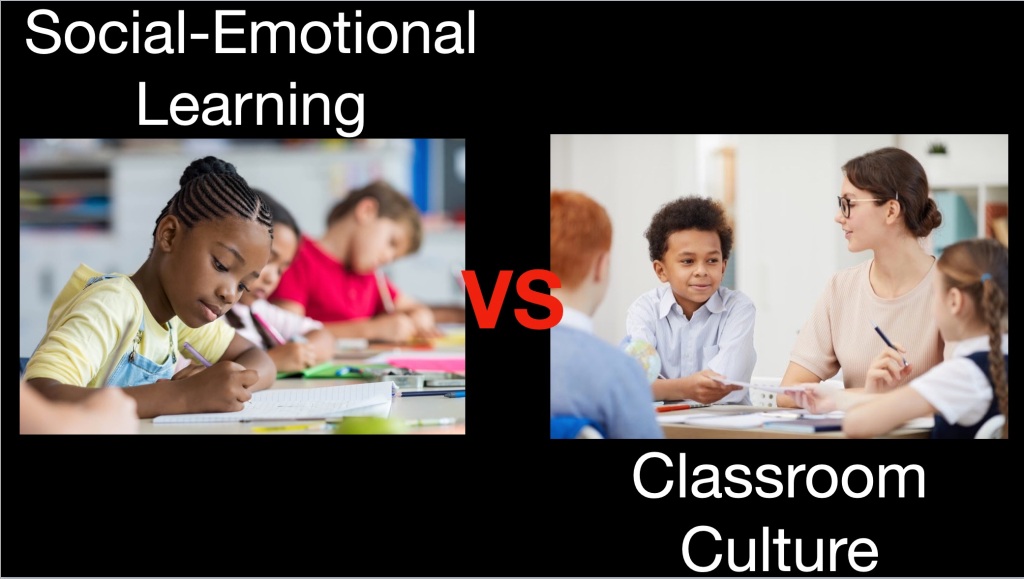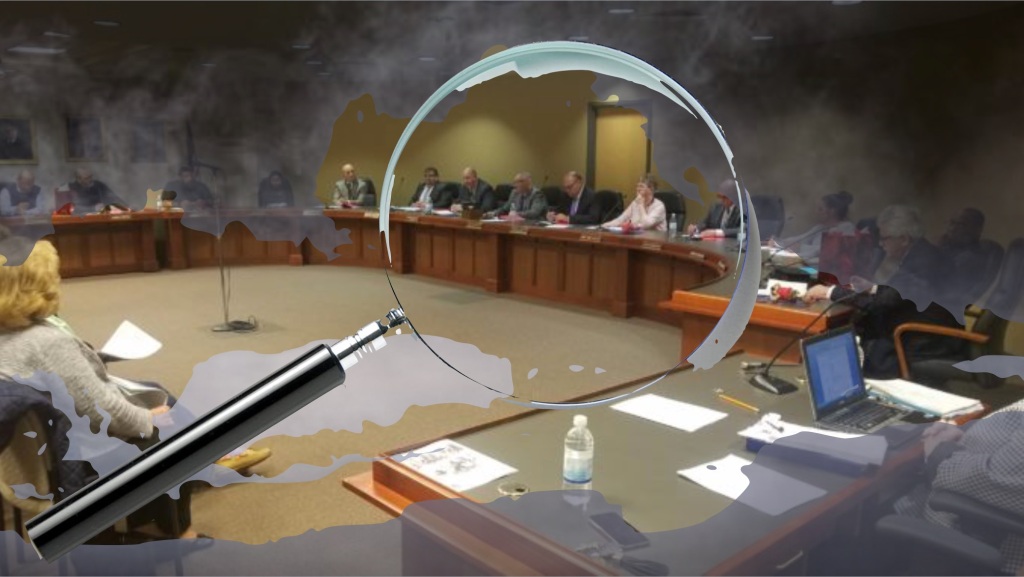
For the second time in a year, McKeesport Area School Directors accepted the resignation of Superintendent Dr. Mark Holtzman.
However, this time his resignation appears to be permanent.
At a special meeting in July of 2021, the board both accepted Holtzman’s resignation and then immediately gave him a new 5-year contract.
However, after months of controversy over the legality of the move, at last night’s special meeting, the board voted to let him go FOR REAL.
Holtzman has accepted a new position at Beaver Area School District, approximately 50 miles northwest of McKeesport.
His last day is June 30. Assistant Superintendent Dr. Tia Wanzo will serve as Acting Superintendent immediately upon his departure.
The controversy stems from a move last year by the outgoing board to retain Hotlzman in McKeesport when he had been poised to accept a new superintendents position at Kiski Area School District. He resigned and was rehired at MASD in order to secure him a new contract with a competitive salary and years of service.
But this didn’t sit well with three board members (Steven Kondrosky, James Brown and Mindy Sturgess) who walked out of the meeting before it was officially called to order.
Then in January – a month after three new board members were sworn in following the election – the board voted 5-4 to look into whether Holtzman’s resignation and subsequent rehire were enforceable.
Lawyer William C. Andrews wrote a letter stating that the measure could be viewed as circumventing the intent of the Pennsylvania school code. The law does not allow such contracts to be extended with more than a year left before they expire. Holtzman still had two years left on his contract.
Holtzman’s own legal council, Mark E. Scott, wrote that the move was, in fact, legal and that it was common practice at other districts.
At a February board meeting where letters from both lawyers were read into the record, Holtzman offered to resign, then and there:
“I will clearly state if they want me to move on, and I’ve said it to them in private, I want a year’s salary and benefits and I will resign tonight. This witch hunt and issue is over, overdone, overstated and we need to move on and once I’m compensated for my attorney fees.”
At the time, it was unclear whether the board could move forward with Holtzman at the head of the district or not.
Apparently Holtzman couldn’t continue to work with them.
A mere three months later, he put in his current resignation.
Holtzman’s tenure at McKeesport was fraught with controversy from the beginning.
He was hired as high school principal without any principal experience while his own father, Mark Holzman, Sr., was on the school board.
Before this, he had been dean of discipline at McKeesport’s vocational department for two years before taking a similar role at West Mifflin Area High School. However, he was mostly known in MASD for his years on the high school football team when he had been a student there (he graduated in 1997) and then at Syracuse University.
His family also had a close relationship with one of the most controversial figures in the Mon-Valley, Pat Risha. The late Risha, who had been a superintendent, himself, at McKeesport, West Mifflin and South Allegheny districts, could have opened many doors, and was heralded as a “power broker” in his obituary.
Holtzman was originally hired as MASD superintendent at a special meeting on March 29, 2017, at a salary of $140,000, according to minutes from that meeting.
His time as superintendent was rocky, to say the least.
The Covid-19 pandemic offered hard challenges for every district, but Holtzman often made decisions that put students and staff at risk, keeping buildings open during times of high community spread and often with mask optional policies. The result was hundreds of people testing positive for the disease who might not have otherwise.
The district offered a cyber option for students whose parents wanted to keep them safely at home during the worst of the pandemic. Many districts were able to provide live teachers from the child’s grade level to instruct through on-line services like Zoom. However, MASD used the corporate Edmentum program to provide academics. The problem is it wasn’t created for that purpose. It was created for credit recovery, not robust academics. As a result, the district cyber program was developmentally inappropriate, and full of typos and inaccuracies.
It was no better for students who came to school in-person. Thousands of children were unable to get to school because bus routes were cancelled daily over the last year.
Holtzman blamed the problem on a contract with bus company, PA Coach Lines, which didn’t have enough drivers and would cancel the routes just hours before the buses were set to arrive.
The district had to go to court to break the contract and just entered into a new 6-year contract with Krise Transportation out of Penn Hills starting next year.
Holtzman’s controversies predate the pandemic.
In 2019, he refused to allow 11 high school students to create a Black Student Union. He claimed his objection wasn’t due to the organization’s content but the participation of one of the student’s mothers – Fawn Montgomery Walker who was running for McKeesport Mayor at the time and who is lead organizer of Take Action Mon Valley, a community action group.
The district eventually reached a settlement agreement with the American Civil Liberties Union and the students who had filed a federal civil rights lawsuit against the district and Holtzman.
The students were allowed to create the club as long as no “non-school persons or entities” are named as advisors or participants of the club.
Not everything Holtzman did in the district was contentious.
He had a talent for getting donations from large companies.
Last year, he was instrumental in getting Comcast to provided 2,500 free laptops for students, teachers and staff in the middle and high school. The gift also included one year of free high-speed internet access for eligible families – services that can be extended annually.
The news was broadcast live on NBC’s “Today” show.
Around the same time, Holtzman helped broker a partnership with The DICK’S Sporting Goods Foundation and MASD for investment in students at Twin Rivers Elementary School. The agreement is supposed to involve co-designing a new school model and wrap-around services for the community.
Here’s hoping MASD has success with Dr. Wanzo or whoever eventually takes the Superintendent’s position on a permanent basis.
Like this post? You might want to consider becoming a Patreon subscriber. This helps me continue to keep the blog going and get on with this difficult and challenging work.
Plus you get subscriber only extras!
Just CLICK HERE.

I’ve also written a book, “Gadfly on the Wall: A Public School Teacher Speaks Out on Racism and Reform,” now available from Garn Press. Ten percent of the proceeds go to the Badass Teachers Association. Check it out!









